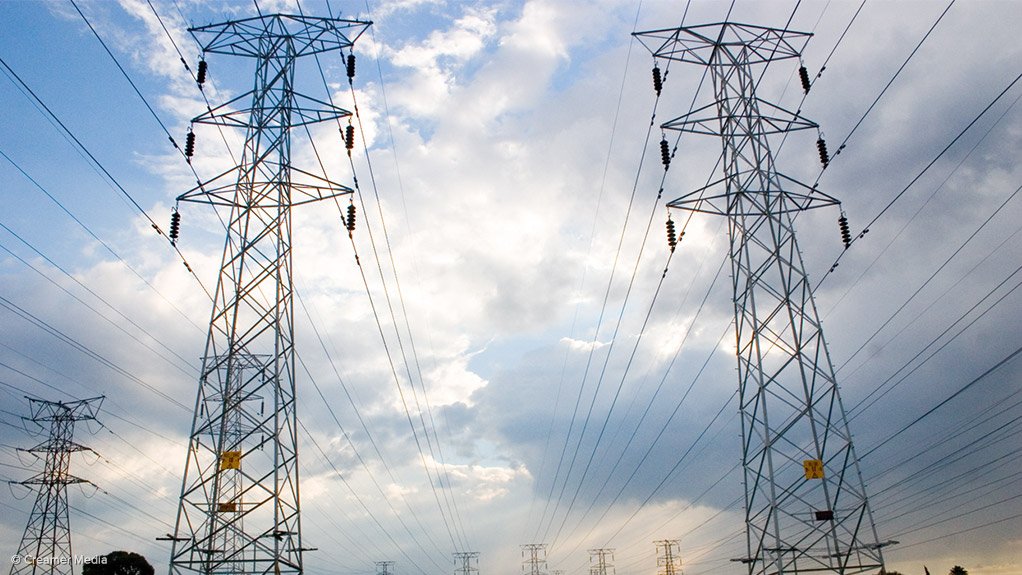Finance Minister Nhlanhla Nene confirmed a further direct allocation to power utility Eskom of at least R20-billion. But he also stressed on Wednesday that the injection would have no impact on the Budget deficit as the capital would be raised through the sale of “non-strategic State assets”.
Nene gave no specifics on the assets in question, saying only that they “could include property, direct and indirect shareholdings in listed firms, non-strategic government shareholdings in State-owned companies (SoCs) and surplus cash balances in public entities”.
Ahead of the Medium-Term Budget Policy Statement (MTBPS), there had been strong speculation that government would move to sell its remaining stake in mobile telecommunications group Vodacom to part fund the Eskom rescue package.
Nene stressed that more than one asset was being considered, adding that it was “only logical” for government to dispose of assets that were not core to meeting its developmental and economic objectives.
The funds would be “appropriated as they are realised” and any capitalisation would only take place once the proceeds of asset sales were deposited into the National Revenue Fund. It would also require a special appropriation Bill to be tabled by the Minister.
A similarly “deficit-neutral” financing model was also flagged for other ailing SoCs, with no specific new allocations outlined for South African Airways (SAA), South African Express, the South African Post Office or the Land Bank.
Eskom had calculated that it would experience a revenue shortfall of R225-billion over the third multiyear price determination period (MYPD3) between 2013 and 2018 and had indicated that it would be pursuing various strategies, together with its shareholder, to close the gap.
Besides the equity injection, the MTBPS confirmed that the utility would need to borrow an additional R50-billion over the medium term, which would be additional to the R200-billion it had already planned to raise to fund its build programme.
The National Treasury said the additional borrowing would be accommodated within the existing guarantee facility and that no new guarantees would be issued.
However, government would continue to monitor Eskom’s financial position and, if necessary, would provide additional support by converting its existing subordinated loan to equity. Prior to the new rescue package, the National Treasury had advanced a R60-billion subordinated loan to Eskom along with government guarantees of R350-billion.
Government had also indicated previously that it would support Eskom’s application to the National Energy Regulator of South Africa (Nersa) for “tariff adjustments in line with the regulatory process”.
The utility had already applied for, and received, claw-back relief from Nersa under the Regulatory Clearing Account (RCA) mechanism for the MYPD2 period, which covered the three-year time horizon from April 1, 2010, to March 31, 2013.
As a result Eskom would be entitled to increase tariffs by 12.7% from April 1, 2015, instead of by the 8% already sanctioned. Eskom was expected to begin making MYPD3 RCA applications in due course.
The MTBPS stressed the importance of a strong, sustainable electricity generation sector to support the domestic economy, which was currently underperforming. The National Treasury’s 2014 growth outlook had been cut to 1.4%, from 2.7% in February.
Greater priority would also be given, in the short term, to cogeneration to relieve pressure on the grid, with 800 MW being targeted. Over the medium-term, electricity supply would also be expanded through ongoing renewable-energy investments and through the procurement of “2.5 GW of privately supplied baseload electricity”.
The National Treasury highlighted the Energy Policy White Paper, which set a target of 30% private-sector participation in electricity generation.
“The successful execution of maintenance and refurbishment plans, timely completion of power stations under construction and the transition to a more efficient business backed by cost-reflective tariffs are needed to secure and sustain electricity supply,” it added.
NEW SOC FUNDING MODEL
While underlining the importance of SoCs and public entities in realising government’s economic and social mandate, the MTBPS also stressed that these entities needed to be “financially sound and operationally effective, contributing to development without draining the fiscus”.
In other words, the companies should operate “on the strength of their balance sheets” and Nene said it would not entertain bail-out proposals from entities with governance problems, or where the turnaround proposals were inadequate.
Government was also proposing a new framework for funding SoCs that would “distinguish purely commercial activities from the costs of exercising their developmental mandates”.
It would also explore private investment to strengthen the balance sheets of State-owned entities. But the Minister dismissed suggestions that there had been a policy shift to embrace privatisation.
Nevertheless, the National Treasury and the Department of Public Enterprises had been given until January to finalise a comprehensive plan for those SoCs currently in distress and Nene indicated that announcements could be made during the February Budget.
He would also not be drawn specifically on the future of SAA, saying that the plan would apply to all SoCs.
“Over the medium term, any funding of SoCs will be contingent on the implementation of sound restructuring plans with strong government oversight. Given fiscal constraints over the next two years, capitalisation will only be funded by the sale of non-strategic State assets, and will not be drawn from tax revenue or added to the debt of national government.”
The MTBPS, therefore, stressed that funding allocations would not be automatic, but would depend on entities demonstrating sound business plans and greater efficiencies.
“In line with the successful restructuring of the Development Bank of Southern Africa, reforms are being undertaken at South African Airways, South African Express, the South African Post Office and the Land Bank.”
EMAIL THIS ARTICLE SAVE THIS ARTICLE
To subscribe email subscriptions@creamermedia.co.za or click here
To advertise email advertising@creamermedia.co.za or click here











